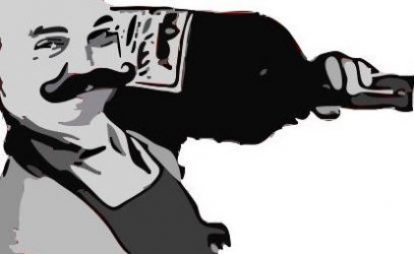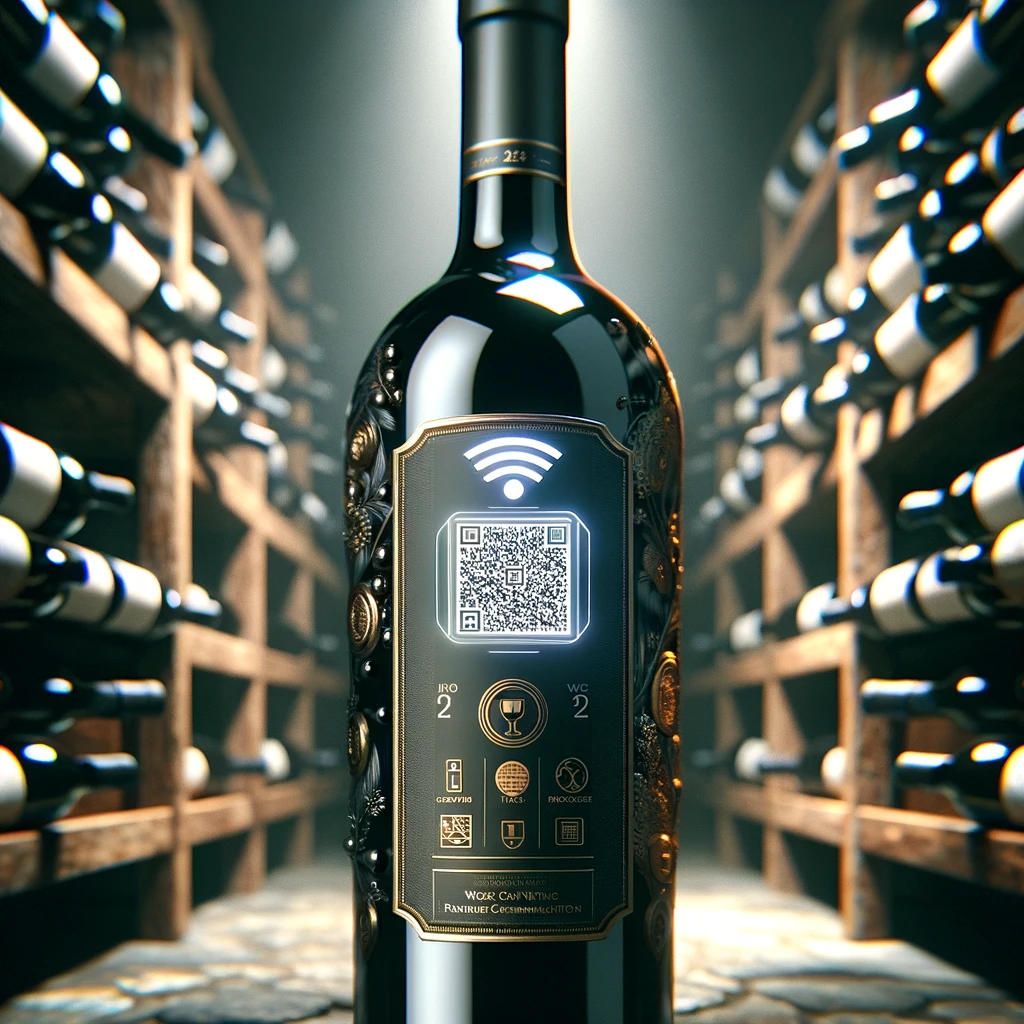Ferragosto, the public holiday on 15 August to celebrate the Assumption of Mary, traditionally is a slow period in Italy when people head to the sea side to escape the heat of the cities, though this year is different than others for many reasons. Elsewhere, the wine world does not stand still as we will see in this week’s edition of the JollyCellarMaster:
Alsace, Prosecco and Questions for MWs
Alsatian History
It’s almost 20 years ago that I moved to Strasbourg, the capital of Alsace. I spent their two years qualifying as a lawyer on both sides of the river Rhine. Looking back at my stint there, I have to admit that I did not take as much advantage of my privileged location exploring the wines of this wonderful region. I was always fascinated by its history, especially how Alsace during the struggle between France and Germany in the late 19th and 20th century was forced to “swap” nationality several times due to the various conflicts and depending on their respective outcomes.
André Hugel, too, was interested in this specific topic as shown in his publications on the subject. This was just one of his interests though and to winelovers he is best known for the wine its family has been producing for generations that goes back to the first half of the 17th century. Decanter reportsthat the Alsace wine industry titan passed away at the age of 92 following Covid-related complications.
André Hugel was a member of the 11th generation and his family now produces around 100,000 cases per year, with 30 ha of the vineyards classified as Grand Cru. Roughly 90% are exported to more than 100 countries, making Hugel wines synonymous with Alsace around the world.
The family said in a statement that ‘He leaves us with the memory of an incredibly full life, unfailing devotion to the family history and unlimited tenderness towards his children, grandchildren and great-grandchildren,’ and the article goes on to say that “he continued working until his last days, helping to set the family business on a prosperous path long into the future“.
Prosecco Down Under
The protection of denominations of origin is high up on the agenda of the European Union and they have come a long way to make sure the reputation of many of its famed products is not used in the wrong way elsewhere around the globe. It is a sharp weapon in the fight against freeloaders and copycats. Sometimes this can turn ugly as seen in the legal dispute between Italy and Croatia, whichlocked horns over the denomination of some of their sparkling wines. Croatia had sent a request to get EU protection for its sweet dessert wine called prošek, which produced in the southern area of Dalmatia. Depending on your point of view and side you take the name resembles more or less that of Italy’s famous Prosecco and the two have been arguing about it for years and goes back as far as 2013 when Croatia first applied for protection under EU law. Back then the applications concerning traditional terms were put on hold, as a long revision process to align the regulation on the matter to the Lisbon Treaty was undergoing. Following a parliamentary questions of MEP Mara Bizotto in 2013, the then Commissioner Ciolos stated that ‘the use in trade of the term in question may raise legal problems insofar as it may fall under the scope of Article 118m of Regulation (EC) No 1234/2007, since it could conflict with the protection of the Italian PDO Prosecco. The Croatian authorities are aware of that legal point of view’. He also stated that ‘if an application for the protection of ‘PROSEK’ as PGI or PDO or as a traditional term was received […] such scrutiny, preceding the decision of protection or refusal of protection, includes the consideration of eventual homonymous wines names already registered’. She has sent another question to the Commission to protect the Prosecco PDO as the Italians fear that even though the Croatian request does not target the status of a protected denomination of origin, it would confuse consumers and should be seen as a way to bypass the PDO system.
It’s a classic example of how tricky such things can become. If you are at the loosing end of such a dispute you can be sure to have the EU come down on you with all its might to protect its own. That’s what Australia must have been thinking when they read about a new trade agreement between New Zealand and the EU.
As part of it, the southern hemisphere nation now recognises Prosecco as a protected geographical indication and will phase out the use of the term for NZ or imported wines from anywhere outside the Italian region.
The new agreement with New Zealand is likely to hit Australian Prosecco producers hard. As Wine Australia reports, New Zealand is the most important country for Australian exports with almost 50% of the market by value. It is also the main export market for Australian Prosecco. New Zealand‘s total import market was valued at USD$236 million in 2021 according to Global Trade Atlas.
“This protection is particularly significant, since a country so far away from us recognises that we are a denomination of origin, preventing the marketing of ‘Australian Prosecco five years after the agreement comes into force’“, explains Alessandra Zuccato, head of the Consortium’s protection activities.
It should be interesting to see what happens next, so stay tuned.
A Master Challenge
If you are into wine education as much as I am, you will be thrilled to hear that the Institute of Masters of Wine has published 2022 MW exam questions and wines.
Over the course of four days from 26 to 29 July, 103 students sat the theory and practical exams either in Adelaide, London or Napa. The practical and theory exams form the second stage of the MW study programme. The students had three 12-wine blind practical papers and five theory papers on the subjects of viticulture; vinification and pre-bottling procedures; handling of wines; the business of wine; and contemporary issues.
The practical papers usually require you to identify of each flights with regard to their origin as closely as possible and then compare them with a view to aspects such as quality, maturity, winemaking techniques, or market position.
I’m already struggling with the list of wines I should know for the Diploma degree. The MW list, however, is an entirely different level. The Institute has also revealed the list of wines of the latest exam and you get an idea of what would be expected from you:
- Chinon Cuvée Terroir, Charles Joguet, 2019. Loire Valley, France. (13.5%)
- Cabernet Sauvignon, Double Diamond, Schrader Cellars, 2018. Oakville, Napa Valley, USA. (14.5%)
- Merlot, Vino de Eyzaguirre, 2019. Colchagua Valley, Chile. (13%)
- Château Larrivet Haut-Brion, 2018. Pessac-Léognan, Bordeaux, France. (14%)
- Chianti Classico ‘Brolio’, Barone Ricasoli, 2017. Tuscany, Italy. (13.5%)
- Brunello di Montalcino, Montosoli, Altesino, 2015. Tuscany, Italy. (14.5%)
- Bourgogne Hautes Côtes de Beaune, Domaine Frédéric Esmonin, 2019. Burgundy, France. (12.5%)
- Clos Vougeot, Domaine Gros Frère & Soeur, 2017. Burgundy, France. (14%)
- Malbec ‘Serie A’, Zuccardi, 2020. Uco Valley, Mendoza, Argentina. (13.9%)
- Malbec Reserve Old Vine, Altocedro, 2018. Uco Valley, Mendoza, Argentina. (14.5%)
- Zinfandel, Mother Clone Pedroncelli, 2019. Dry Creek Valley, USA. (15.5%)
- Lytton Springs, Ridge Vineyards, 2019. Dry Creek Valley, USA. (14.6%)
The theory questions focused on aspects such as viticulture, vinification, handling of wine, the business of wine, and selected contemporary issues. For the details have a look here.
Those who successfully pass the stage two theory and practical exams will progress to stage three, the research paper, the final stage of the MW study programme. Quite a journey!
—
Well, that’s all for today. However, if you have an interesting story to tell or simply want to chat about wine as a guest on the Podcast, connect on Twitter or drop me a line. And if you want to stay in the loop about things happening at the JollyCellarMaster and the world of wine, make sure you sign up to our newsletter.
—
Disclaimer: As always, I’d like to be completely transparent about affiliations, conflicts of interest, my expressed views and liability: Like anywhere else on this website, the views and opinions expressed are solely those of the original authors and other contributors. The material information contained on this website is for general information purposes only. I endeavour to keep this information correct and up-to-date, I do not accept any liability for any falls in accurate or incomplete information or damages arising from technical issues as well as damages arising from clicking on or relying on third-party links. I am not responsible for outside links and information is contained in this article nor does it contain any referrals or affiliations with any of the producers or companies mentioned. As I said, the opinions my own, no liability, just thought it would be important to make this clear. Thanks!




